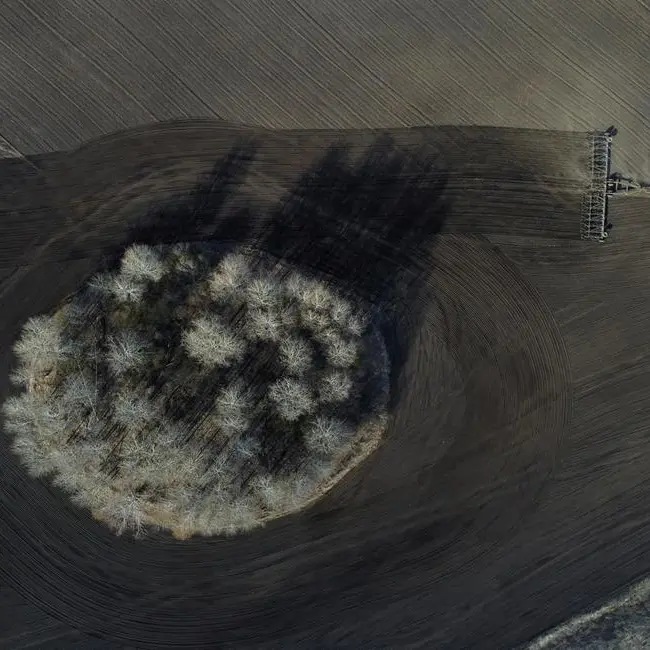PHOTO
People walk in Lujiazui financial district during sunset in Pudong, Shanghai, China July 13, 2021.
LONDON- Demographic trends can be glacial, but no less crushing and even the slightest acceleration is alarming.
Long-standing concerns about China's ageing population returned to the headlines this week as official statistics showed the country's birth rate plummeting last year to the lowest since modern records began in 1949.
With almost 1.4 million fewer births last year than in 2020, the rate dropped to 7.52 per 1,000 people from 8.52 the previous year and almost half the rate just 10 years ago. Some economists speculate the country's 1.412 billion people may now have peaked last year.
China's acute problem is peculiarly homegrown of course and the abandonment of its decades-old "one-child policy" in 2016 has done little to stall the demographic juggernaut yet.
The pandemic won't have helped - with birth rates in many major economies falling in 2020 during severe economic lockdowns and widespread concern about jobs and money.
But China's ageing society and looming worker shortages are widespread trends across the developed world.
Like so many other economic statistics, COVID may have distorted these relatively slow-moving trends only temporarily.
But by spotlighting the effect of worker shortages - amid bottlenecks in rebooting businesses, disruption to migration trends or the "Great Resignation" of U.S. workers - the pandemic focuses investors and markets on problem now.
Investment bank Jefferies this week reprised its 2021 deep dive into the looming global worker shock as one of its five "Mega Trends" to watch alongside climate change, tech transformation, geopolitical shifts and urbanisation.
Citing data from a variety of sources from the World Bank, United Nations to the Organisation for Economic Co-operation and Development, the bank showed that fertility in 75 countries was already well below the 2.1 so-called "replacement rate" and would be less than 2 globally by the end of the century.
By 2050, China's 15-64 working age population is expected to drop by almost 20% from current levels. The same age cohort in Germany, Italy and South Korea will have dropped by a similar amount between 2000 and 2050 too - and by some 40% in Japan.
Jefferies estimates that its model of labour supply and demand would put up to $3 trillion of global gross domestic product at risk by 2030 and many multiples of that by 2050.
BABY BUST AND 'BIG QUIT'
It then ties up this ticking demographic bomb with the much reported "Big Quit" stateside since the pandemic, where voluntary exits from the workforce since 2020 have left the participation rate more than 2 percentage points below pre-pandemic levels. And this phenomenon goes beyond the United States, to Britain and elsewhere.
Whether this apparent disillusionment with work survives the pandemic is uncertain. It's also unclear whether the "baby bust" in many countries during lockdowns was temporary and may be quickly correct itself to pre-2020 levels as life returns to normal. But they both amplify the demographic trend right now.
The question for many macro investors is whether a growing worker shortage is inflationary or deflationary.
For years it was assumed to be the latter. Japan is the major economy furthest down the ageing path and has grappled with deflationary forces for decades. The so-called "Japanification" of European economies - most notably Italy and Germany - was assumed to be having a similar effect.
But recently some economists argue that worker shortages in future will afford labour greater bargaining power and bid up wages and inflation over time - something we're getting a glimpse of amid all the pandemic distortions right now.
One reason central banks are starting to whip away emergency monetary stimuli quickly this year is a fear that high inflation rate associated with economic re-opening embed in expectations and wage rounds and see something of wage-price spiral emerge.
Others reckon China's emergence into the world economy over the past 25 years was initially a deflationary force due to the huge supply of cheap labour. But an imminent shrinkage of its workforce and related wage impacts could seed the opposite.
What that means for historically low interest rates and bond yields over the coming decade is profound. Or could a loss of potential growth due to fewer workers alongside record high global debt levels co-exist with higher wage growth and inflation to ossify deeply negative real yields
Like so much of this recent shock, statistical noise risks drowning out true signals for years.
Jefferies takes a different tack and reckons the big investment boom that endures is in robotics, advanced software and artificial intelligence - offsetting both a growing lack of workers in some industries while allowing the estimated 14% of workers who lose their jobs automation over the next 20 years fill gaps in other sectors.
"It isn’t that automation is taking jobs from people, instead it’s allowing companies that can’t find enough workers to fulfill orders they otherwise would have to turn down."
If only it were that smooth.
Mike Dolan
The author is editor-at-large for finance and markets at Reuters News. Any views expressed here are his own
(By Mike Dolan, Twitter: @reutersMikeD; Editing by Lisa Shumaker) ((mike.dolan@thomsonreuters.com; +44 207 542 8488; Reuters Messaging: mike.dolan.reuters.com@thomsonreuters.net))





















